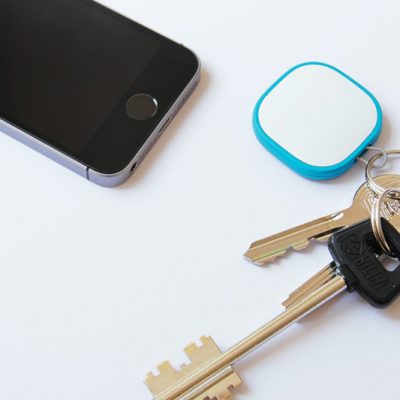DLNA – Consumer Challenges in the Connected Home
The Digital Living Network Alliance (DLNA) provides a standard the purpose of which is to enable DLNA certified products to be compatible with each other in a home network environment, even if manufactured by different companies. The idea is great and it is supported by all major CE manufacturers, making it ‘the standard of choice’ when it comes to entertainment for the connected home. Its practical application by the manufacturers however will need to mature further if the basic challenges the consumer is facing are to be addressed correctly and if DLNA is to turn from a patchy working solution for the moderately tech-savvy into a widely understood and used facility.
Top challenges to be addressed:
Usage of DLNA Device Certification Logo
Currently DLNA certified devices sport the internationally recognized DLNA logo which supposedly informs the user that "this TV is the answer to all his questions". What it does not clearly say however is what class the device in question is. The logo bears little meaning with regards to the role the device plays in a home network – is it a server, player, renderer, printer etc. The logo provides no context of use and misleads the user into a possibly mismatched purchase. When the happy user attempts to play a file located on his home media server, through a mobile phone remote control app, he cannot find his new TV in the list of network devices. He has purchased a DLNA player device class and a renderer device class is required for the task he has in mind. The issue is slowly being addressed by manufacturers who are starting to offer TVs which are both a player and a renderer.
Fragmentation of Supported Codecs
The requirements for each device to support a minimal set of codecs ensure that most are able to play certain widely accepted file formats such as JPG, LCPM, MP3, MPEG2, etc. In reality however what results is a bit of a mess. The image and music file formats are relatively easy to play so let’s leave those aside. The hiccups start when the user, who has a multitude of file formats stored on his server, attempts to play all of those on his new TV. He quickly discovers that the device supports only about half of them. The second half is not supported by the TV but little did the user know of that in advance. He can, however, see all his files in the displayed list, a confusion which does not do much for the user’s flawless experience with DLNA. Some media servers attempt to transcode some formats but this approach is far from an ideal solution.
An interesting example of another codec issue is a certain make of TV’s which stops dead when trying to play a file with actual parameters different from those in the accompanying meta file. The TV in question gets so confused when it receives the file from the server that it is neither able to play the video with the original parameters, nor with the fall-back ones in the meta file – which are actually meant to assist playback.
Another identified problem is the ‘preference’ which exists with regards to file source. Our unsuspecting user having just purchased a brand new DLNA certified TV, and armed with the knowledge that it supports for example AVI files (as he’s seen stated on the packaging) is ready to test his new toy and tries to launch a file from his home media server. He is however confronted with the unexpected fact that AVI files can only be played via the USB port of the TV.
Android 3GP Format
This format taken in relation to the Android device makes a lot of sense because of good compression etc. Viewed however from the perspective of media sharing it has been causing serious problems due to it not being supported by DLNA devices. Yes, we’re talking Android, the platform with the most serious market penetration, and how pleased would you be to discover that video files shot with your Android phone can not be shared in your home network? Android is starting to address this issue with many new devices coming on the market able to record in MP4.
What issues have you encountered when trying to use DLNA in your life and home? Share with us in a comment below this article. Also stay with us for more musings on the connected home, its challenges and future development.




